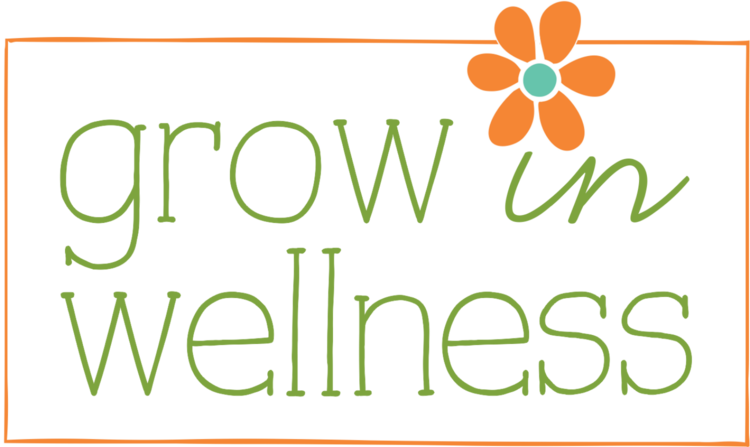"Natural" - Don't Get Duped!

Can you picture it now? Walking down the food aisles at the grocery store and the labels scream out to you “all-natural” and “made with natural ingredients”… and you begin to think, “Oh, it’s natural, so it must be good – I’ll buy it!”
If that’s a scenario that has played out in your grocery shopping moments, then I hate to say, but you’ve been “Duped”!
There is almost no greater farce than the word natural on a food label. For the record, the FDA has no definition for the term natural when applied to foods. Here is a quote from their website:
“From a food science perspective, it is difficult to define a food product that is ‘natural’ because the food has probably been processed and is no longer the product of the earth. That said, FDA has not developed a definition for use of the term natural or its derivatives. However, the agency has not objected to the use of the term if the food does not contain added color, artificial flavors, or synthetic substances” (www.fda.gov)
And that means that we are consuming things like wood pulp and petroleum in our processed foods all under the guise of ‘natural’. What do I mean? Take the ingredient cellulose, for example. Do you know what it is or how it’s made? Have you ever seen it on a shelf for purchase to use when you make a recipe? Well, there’s a reason for that. Just what is cellulose? Here’s an explanation:
Cellulose is used as a fiber supplement, a calorie reducer, a thickener, emulsifier, and anti-caking agent in processed and fast foods. Cellulose has also been used to replace oil, flour, sugar and other more expensive ingredients. Cellulose can be made from nearly any plant, but wood pulp and cotton are the least expensive and therefore most widely used. ( http://communities.washingtontimes.com/neighborhood/world-our-backyard/2013/jun/12/cellulose-aka-wood-pulp-processed-foods/#ixzz2jyK3xwCc)
Americans are finally starting to catch on and if you’ve followed the news in recent months, you’ll know that PepsiCo, the maker of Naked Juices, was sued (and lost) because their juices contained ingredients that were not as natural as their labels claimed. And, in light of that lawsuit and the nearly 100 more that have been filed against companies like Unilever and Kellogg’s Kashi, thankfully, a new trend in the food industry is beginning - a trend where companies are starting to pull back from using ‘natural’ on their labels. A recent article in the Wall Street Journal (Nov. 6, 2013) explains that food companies are finding it just isn’t worth making that claim… at least for now. (Part of the ambiguous defining of what is natural is the problem with Genetically Modified Ingredients, but that’s a topic for another time). More recently Kraft Foods has agreed to remove harmful food dyes from some of their mac ‘n cheese products. Learn more about this at www.foodbabe.com.
So, what’s a health conscious shopper to do? It’s quite simple: learn to read the ingredients list on the foods you buy. The ‘cleanest’ foods are those that are close to their source and don’t need labels (ever seen a nutritional facts label on a banana?). But once you move out of the produce department, you’ll need a little more help. Look at what ingredients are listed and ask yourself: are there more than 5 ingredients? Do you know how to pronounce them? Could you find them as a stand alone product on a different shelf in the grocery store? What nutritional benefit comes from those odd-sounding ingredients? The answers will lead the way to whether that product makes its way into your grocery cart or stays on the shelf. And I’m guessing that more times that not, it will stay on the shelf.
It may take a little extra time to do shopping, but once you find the brands you can trust, you’ll be back to quick shopping before you know it. Remember – You vote with your dollars every time you shop. Start voting for foods that are real and clean! Your body will thank you.
